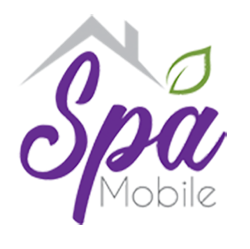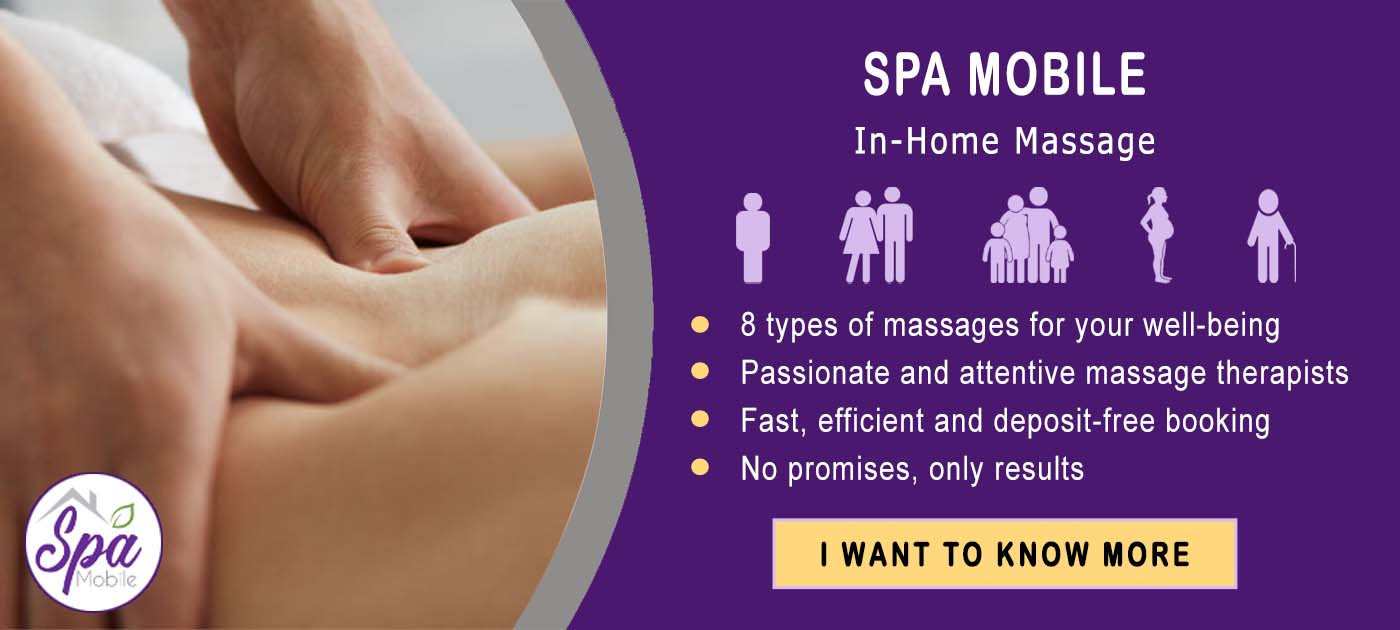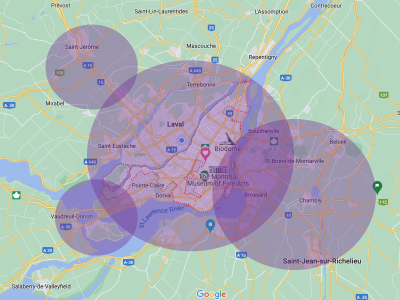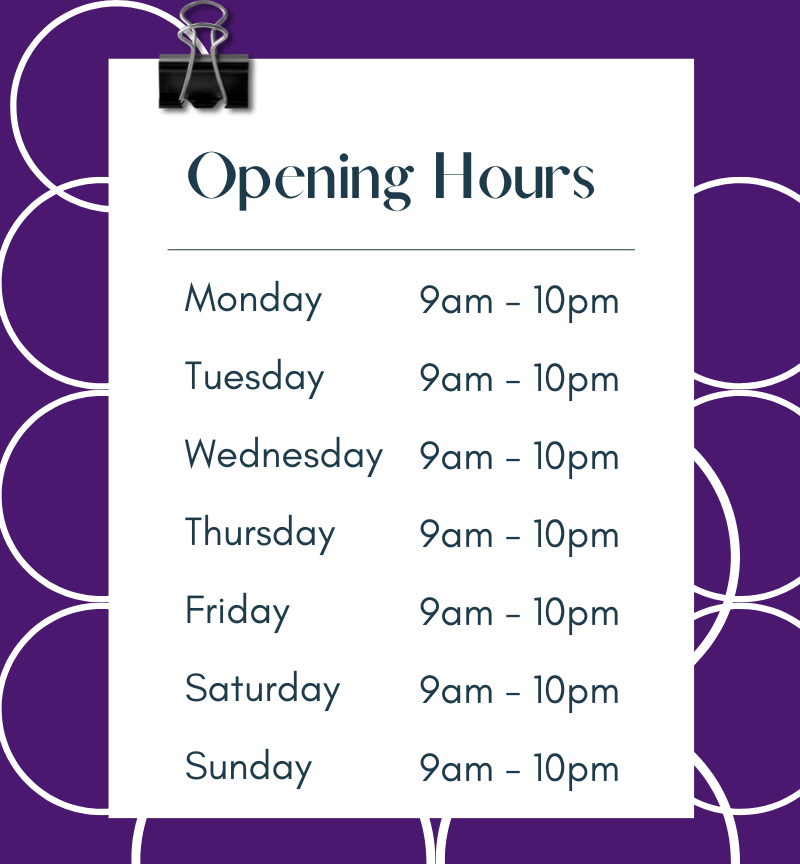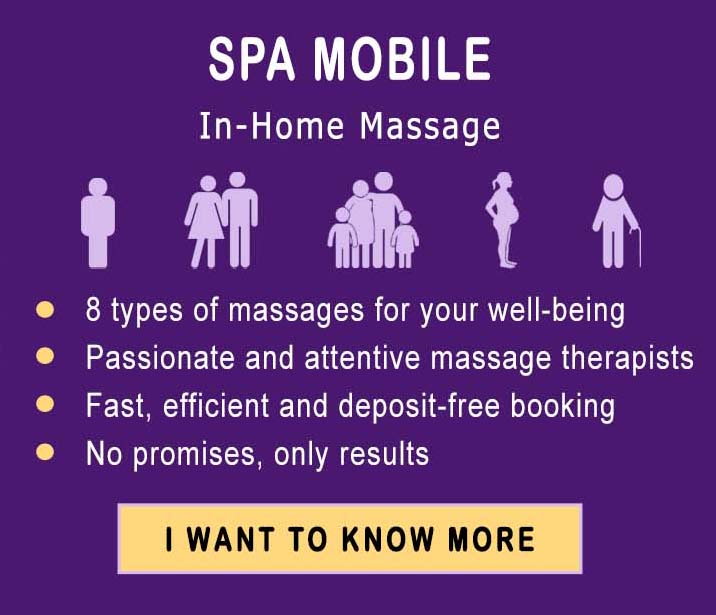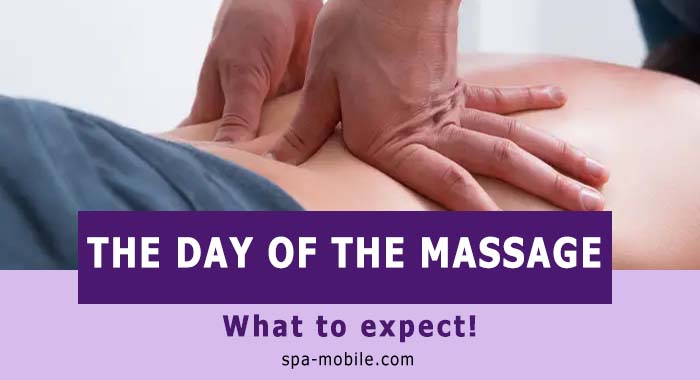Are you not curious about Chinese Medicine, medicinal massage and its uses and benefits?
With millions of users worldwide, Traditional Chinese Medicine transcends generations, cultures and countries to give people vital daily health benefits.
Massage therapy has been a central part of Chinese medicine for thousands of years, with records dating back two centuries BC. Contrary to deep tissue or sports massage, which focuses on releasing knots and muscle tension by targeting blood flow to areas, Chinese massage techniques promote overall health by facilitating energy flow or Qi around the body.
Our guide explains everything you need to know about Chinese massage, including its techniques and benefits.
Traditional Chinese massage
According to Catherine Tremblay’s website, a Chinese medicine massage therapist, any imbalance can be resolved in the theory of this Medicine. It is defined as medicine, which refers to the disorders of the human body; it conceives the human body as a coherent system to which the energy flow connects each part, organ or system.
T, the term Chinese massage is an inadequate term because there is no such thing as traditional Chinese Medicine, and it is not medicine massage in the purest sense either. What it is is Tui Na, which means “push and pull .”
It is more accurately described as therapeutic Asian bodywork, and it involves twisting, pulling, twisting, pushing, and kneading, so it’s not just about relaxing muscles or relaxing someone under stress.
As Chinese massage therapy is part of traditional Chinese Medicine, including acumedicine and herbal Medicine, it mainly has the same principles. So, a wide range of knowledge bases fall under Traditional Chinese Medicine, and all these techniques are how they heal the body.
Today, Chinese massage is widely accepted as an alternative or complementary treatment for various ailments.
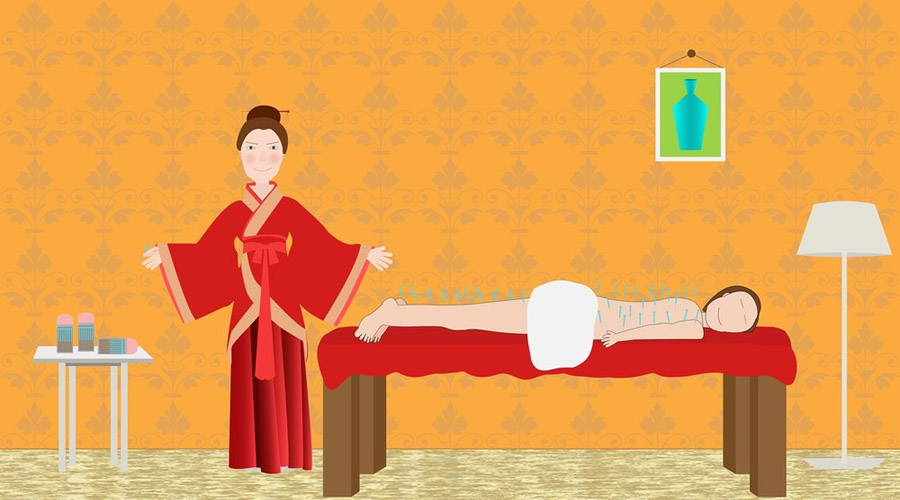
Chinese massage is based on the principle of Qi, or vital energy
Traditional Chinese Medicine massage therapists use their elbows, fingers, and hands to rhythmically stimulate acupuncture points, producing a vibration that influences energy flow through the body. Since the energy points correspond to our organs, a quality Chinese massage session positively affects our physical well-being.
Massage techniques, such as kneading, chopping, rubbing, or pressing against the skin, help balance and unblock the body’s channels so that Qi can flow naturally.
Qi (chi) refers to the life energy or energy flow inside every living being.
It is a holistic philosophy permeating many elements of Chinese culture, from martial arts to calligraphy. Even if you don’t directly believe in Eastern philosophies, you can understand this principle as the desire to find a sense of calm and balance in your daily life.
Traditional Chinese Medicine has its own natural patterns of Qi that flow through channels called meridians. Imbalances and blockages in these channels and Qi deficiencies in critical organs cause symptoms of many diseases. Imbalances can be gently corrected through various techniques, including nutrition, exercise, acupuncture, and massage.
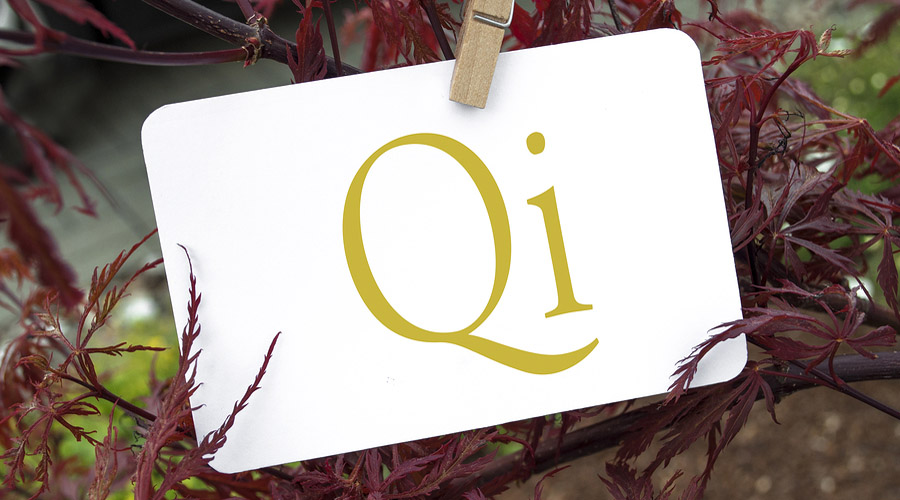
What are the benefits of Chinese massage?
Chinese massage is an alternative therapy widely used worldwide. Incorporating Chinese massage into your life has many benefits.
1. Relieves pain
A few studies have been done on the effect of therapy on neck pain and lower back pain. For the record, this is one of the most common reasons people seek Chinese massage.
One study showed that a group of patients with chronic neck pain significantly improved their condition with regular treatments over a few weeks. Another group showed less back pain when receiving a Chinese massage and basic exercises. A final group focused on carpal tunnel syndrome, where the recovery rate of study participants reached 81% when combined with acupuncture.
2. Increase your energy level
Whether you need to ramp up your energy (yang) or slow down your energy (yin ‘), a massage therapist knows what vigorous or relaxing techniques to apply to help you regain inner peace, Chinese massage can also help improve the quality of your sleep, leaving you ready to face a new day with renewed enthusiasm.
3. Speeds up recovery from soft tissue injuries
If you experience pain or stiffness related to your lower back, frozen shoulder, or sciatica, soft tissue massage increases blood flow, leading to stiffness relief and pain reduction.
Chinese massage therapy is often used alongside physiotherapy to aid recovery. One study showed that it reduced inflammation when applied to skeletal muscle after injury, resulting in better recovery speed and performance.
4. Improves your blood circulation
The main meridians of the body also run along with the cardiovascular system, which means that Qi has physiological links with healthy circulation. Hand techniques, including perpendicular pressure and rolling fist, stimulate and re-energize blood circulation.
When you push and pull, you tell your body to bring more blood to the massage area. When you do this right, your blood pressure goes down, not because there is less fluid in your system but because your arteries dilate. Chinese massage can indeed improve your blood circulation.
5. Supports emotional health
Supported by its philosophy of balance, Healing Touch Massage can be an exceptionally supportive and refreshing therapy for those feeling down or overwhelmed. On a physical level, muscle relaxation can reduce stress and promote sleep, while energy blockages can hold emotional tensions in the body that can contribute to anxiety and depression.
In one study, patients with Parkinson’s disease, which often leads to poor coordination, imbalance, and frequent falls, showed that after three months of regular Chinese massage, their overall performance improved dramatically, even more than the strength training and stretching groups in the study.
What are the Chinese therapeutic massage techniques?
A highly trained Chinese medicine massage therapist can use any of the following to target your problems. It does this with different intensities and orders:
- Palpate (mo)
- Join (jie)
- To oppose (duan)
- Rise (ti)
- Press (an)
- Knead (mo)
- Push (tui)
- Hold (a)
In traditional Chinese Medicine, there are sevMedicinees of Chinese massage and here are the most famous:
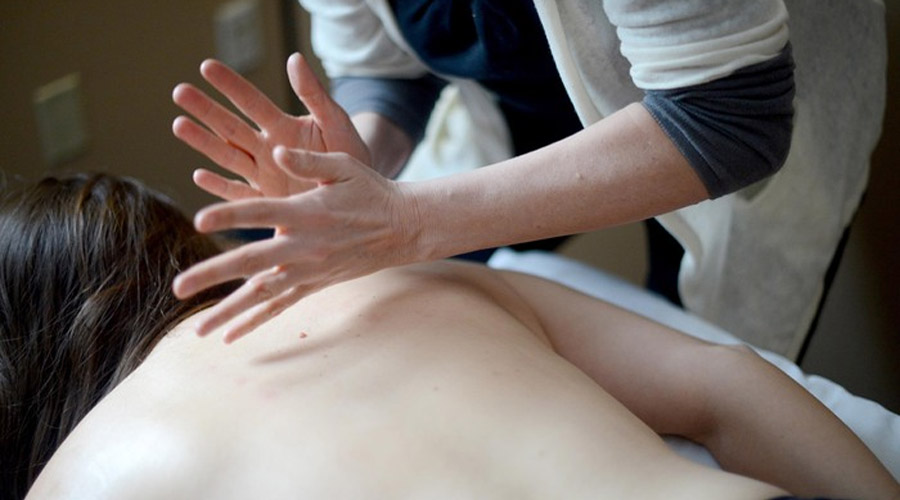
Chinese massage Tuina or Tui Na
The Tui Na is one of the most popular Chinese massages. It is similar to a deep tissue massage and uses kneading, chopping, and stretching movements to relieve sore spots and blockages in the body’s muscular system.
It is an integral part of traditional Chinese Medicine, acupuncture, Medicine, cupping, Tai Chi and Qi Gong. This message is used in many hospitals in China as the first and only healthcare choice.
This Chinese massage follows acupressure points, the same as acupuncture points. Points are targets throughout the body found around groups of nerve endings, mast cells, lymphatics, and capillaries, all capable of triggering biochemical and physiological changes.
Two main things happen when the massage therapist works these points, whether with acupressure or acupuncture.
1. You create an endogenous release of opiates so that your body releases its own natural and wellness chemicals, such as serotonin, dopamine, and opiates.
2. You modulate downward sympathetic upregulation, denying your fight-or-flight response.
The massage therapist uses various techniques, such as kneading, probing, chopping, perpendicular pressure, and punching, to remove tension or spasms in the muscles and Qi blockages in the channels.
This makes Tui Na a complete massage because it has two aspects:
- First, just like Western massages, it works the muscles by helping them relax, removing stagnation and allowing blood to flow more freely throughout the area, giving the muscle an optimum chance to repair itself.
- Due to his oriental origins, he works to restore the balance of Qi. Chinese Tui Na massage relies on specific acupressure points in the body’s meridian system to stimulate healing.
After the Tui Na massage therapist has assessed your condition and explained what Tui Na is, the treatment is done. You are either lying or sitting, depending on your condition or age and, in the case of women, whether they are pregnant.
You do not need to take off your clothes, only your coat, shoes, and jewelry. You are covered with a cotton sheet, which facilitates the techniques used. Therapeutic oils are only used on the hands, feet, and neck. After the treatment, the massage therapist can offer you exercise, stretching, diet, and lifestyle advice if requested.
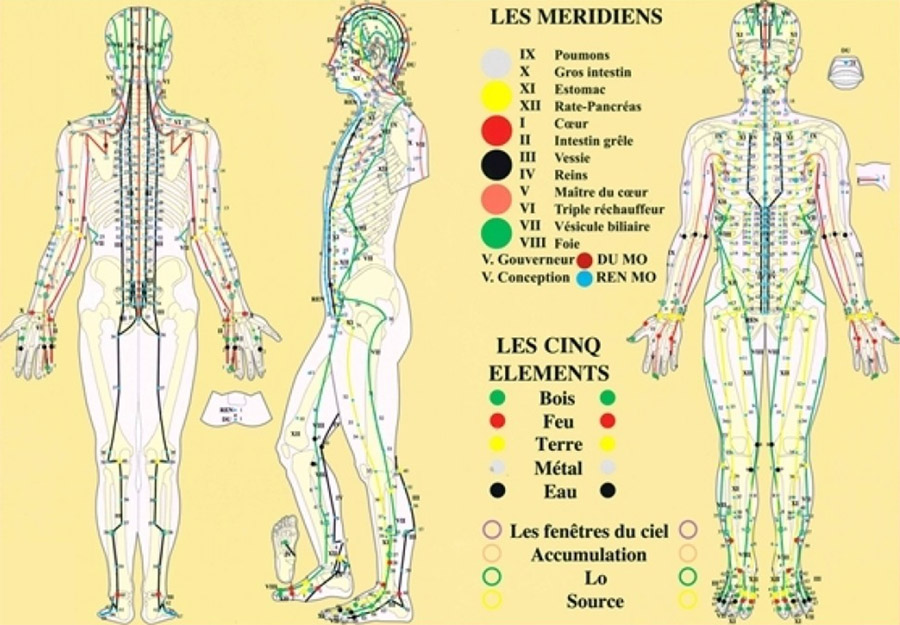
Chinese relaxing massage or acupressure
It is said that acupressure is an alternative medicine technique similar to acupuncture.
It is mainly based on the concept of vital energy flowing through the body’s meridians. During a Chinese massage, physical pressure is applied to acupuncture points to remove blockages in these meridians. The hands, elbows, and various other devices can apply pressure.
As with any form of massage, a massive benefit of acupressure is relaxation, which you can achieve even if you doubt the existence of meridians. Acupressure is often used for pain relief, and studies have suggested that it can help with back pain, period cramps, and headaches. The practice is also used for many other purposes that have been less studied, including supporting the immune system and digestion.
Some studies have suggested that acupressure applied by a massage therapist is an effective tool for managing nausea and vomiting. It also helps patients relieve lower back pain, tension headaches, and upset stomachs.
The acupuncture points used in the treatment may or may not be in the same body as the targeted symptom. Traditional Chinese medicine’s theory for selecting Medicines and their effectiveness is that they work by stimulating the meridian system to provide relief by rebalancing the yin, yang, and Qi.
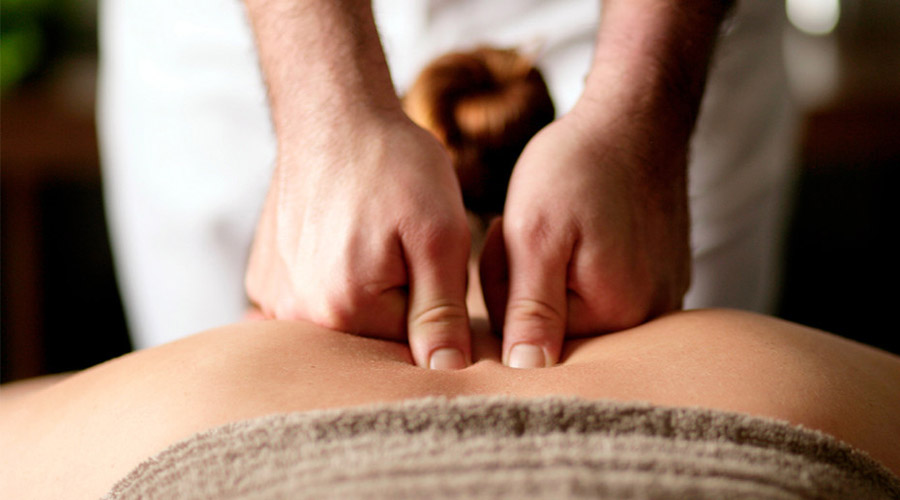
Acupuncture is a Chinese massage.
Acupuncture is integral to Traditional Chinese Medicine, so it is often used with Chinese massage and other treatments.
Depending on the diagnosis and recommendation from your massage therapist, you may have a combination of these two treatments with additional techniques. But they can be used independently. So, if you don’t want to try acupuncture and your massage therapist believes you can benefit from the principles, then Chinese massage is not for you.

Chinese facial massage or Gua Sha
The Gua Sha is a facial for skin care. This Chinese massage improves circulation and expels stagnant toxins in the body. It is tenderly applied to the skin of the face and neck and can also be used all over the body.
The technique involves scraping off toxins using the Gua Sha tool. This age-old technique is the secret to glowing, flawless and anti-ageing skin. Technically, a Gua Sha facial treatment involves scraping the skin using flat jade or rose quartz stone in upward strokes to relax muscles and promote tissue drainage.
The benefits of Gua Sga massage
- A natural face lift therapy
- Increases the flow of supplemental rich and oxygenated blood to the skin and tissues
- Drains lymphatic fluid out of cells
- Tightens the skin, reducing the first signs of aging
- Lifts sagging skin and stimulates collagen production for elasticity
- It helps reduce dark circles around the eyes
- Amplifies skin lightening reduces dark spots and hyperpigmentation
- Promotes skin recovery after rashes and pimples
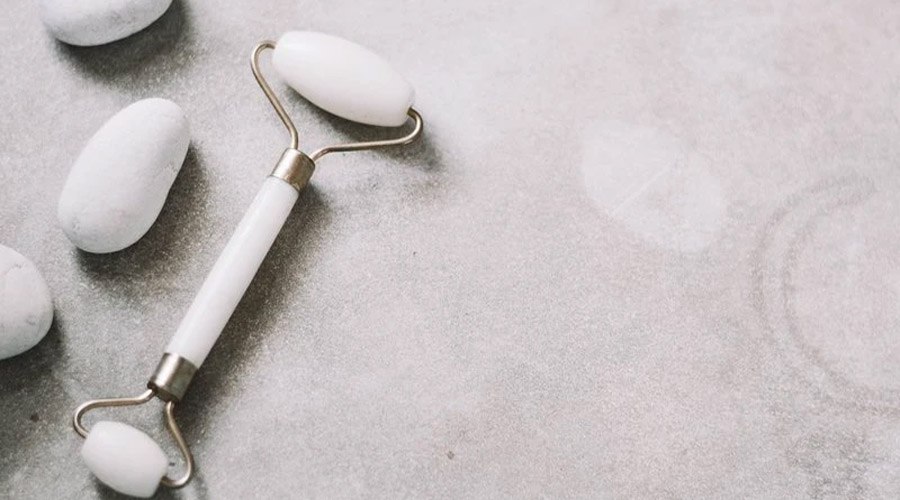
Chinese foot and hand massage or reflexology
Chinese massage techniques are used in a wide range of treatments, including reflexology massage and energizing massages. As these types of massage can be used in many different ways, it is essential to ensure you receive the proper treatment for your personal goals, so always discuss your needs with your massage therapist for advice.
Although Chinese massage may involve pressure or pinching when releasing blockages, it should never be so intense that it becomes painful. It would be best if you left your treatment feeling refreshed and revitalized, and you may find that the benefits are cumulative over multiple appointments.
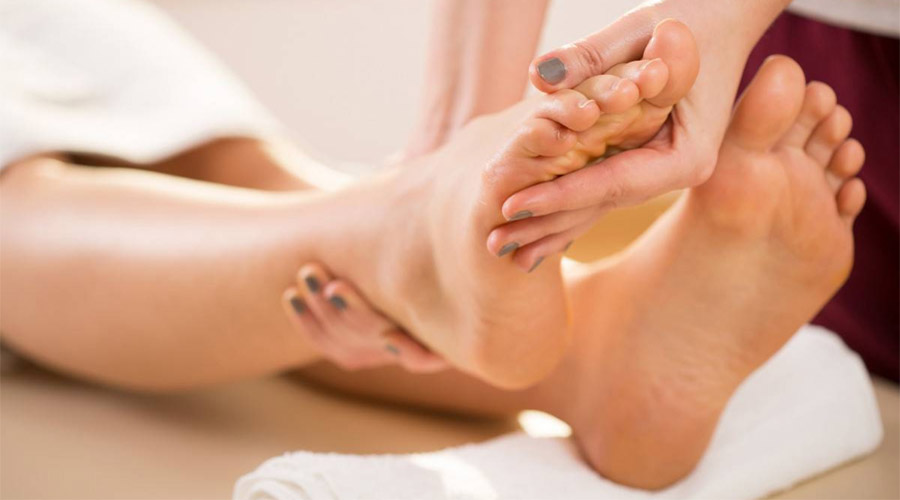
What to expect from Chinese massage?
Like most Western massages, Tui Na sessions usually occur on a massage table. Techniques such as sliding, kneading and rolling provide a relaxing and medicinal experience. Loose clothing is recommended for comfort.
Each session focuses on a specific region of the body.
To begin with, the massage therapist will ask you if you have any physical discomfort or health issues.
It then begins with slow movements to stimulate blood circulation and speed up the pace. By manipulating soft tissues and stimulating specific energy points, it aims to loosen the tensions accumulated in the body. Due to the repetitive movements along the problem area, you may feel slight pain.
It’s also common for the massage therapist to correct the alignment of your spine by twisting and cracking a few bones.
Choose massage therapists who are attentive to your situation.
If you want a unique massage to relax or free yourself from pain, discomfort, or suffering, isn’t it wise and sensible to turn to massage therapists who know what they are doing? Live?
